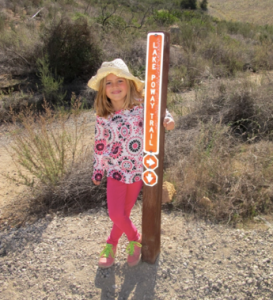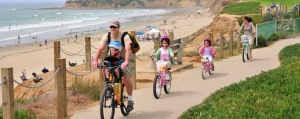This video follows a young boy named James as he moves through Treme and the French Quarter. Like many kids in New Orleans, James cannot afford bus fare every day so he is forced to walk. We follow his emotions using music and expressive lyrics. James moves through his city and experiences different moods and emotions in different areas. Some areas are happy songs, and other areas are songs that question one’s safety. James goes through a rollercoaster of emotions in a single day.
At the beginning of the day, he feels on top of the world, as we move deep within the city, his mood changes. He starts to doubt himself and questions his relationship with his neighborhood. The goal for James and his neighborhood is to provide smooth transitions and one place for James to access resources without having to move across the entire corridor. Neighborhood markets and neighborhood transits could be the solution that this corridor needs. These neighborhood markets could help solve the food, health, and safety needs that currently exist. Proposing transits that stop at places like hospitals, clinics, grocery stores, daycare, etc. could solve frustrations for many New Orleans children.
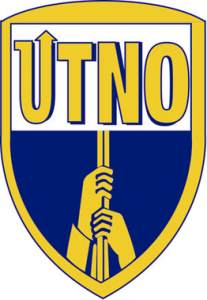 Starting with Unite Teachers of New Orleans (UTNO). Groups within the community suggested to UTNO that the schools’ redesign should precede the reopening of the schools. The [resident of UTNO insisted “that all attentions on the resumption od instruction”. The UTNO leader did not want to make any drastic changes to the school system and “should be put off until a later date”. The union forced the school district to reopen some schools in the district. The UTNO failed to listen to the community and made decisions only for their benefit.
Starting with Unite Teachers of New Orleans (UTNO). Groups within the community suggested to UTNO that the schools’ redesign should precede the reopening of the schools. The [resident of UTNO insisted “that all attentions on the resumption od instruction”. The UTNO leader did not want to make any drastic changes to the school system and “should be put off until a later date”. The union forced the school district to reopen some schools in the district. The UTNO failed to listen to the community and made decisions only for their benefit.  Orleans Parish School Board (OPSB) is an important influencer in the lives of the New Orleans’ children. Before Katrina hit, there was already a distrust between the community and the district due to the loss of 71 million dollars of federal funds that went unaccounted for. At the first meeting, the OPSB had proposed to open their schools on November 1st, but the board failed to reach its goal due to financial problems. They pushed their opening date to November 15th, yet thy didn’t manage o open their schools until November 28th. This was three days before the state came in and took over 102 out of the 117 campuses in New Orleans.
Orleans Parish School Board (OPSB) is an important influencer in the lives of the New Orleans’ children. Before Katrina hit, there was already a distrust between the community and the district due to the loss of 71 million dollars of federal funds that went unaccounted for. At the first meeting, the OPSB had proposed to open their schools on November 1st, but the board failed to reach its goal due to financial problems. They pushed their opening date to November 15th, yet thy didn’t manage o open their schools until November 28th. This was three days before the state came in and took over 102 out of the 117 campuses in New Orleans. 
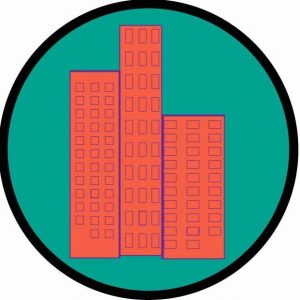
 Changes/Solutions
Changes/Solutions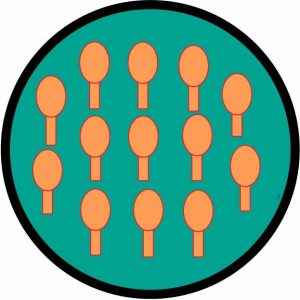
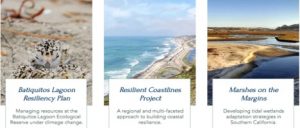

 Addressing Climate Crisis through Meditation and Action
Addressing Climate Crisis through Meditation and Action
